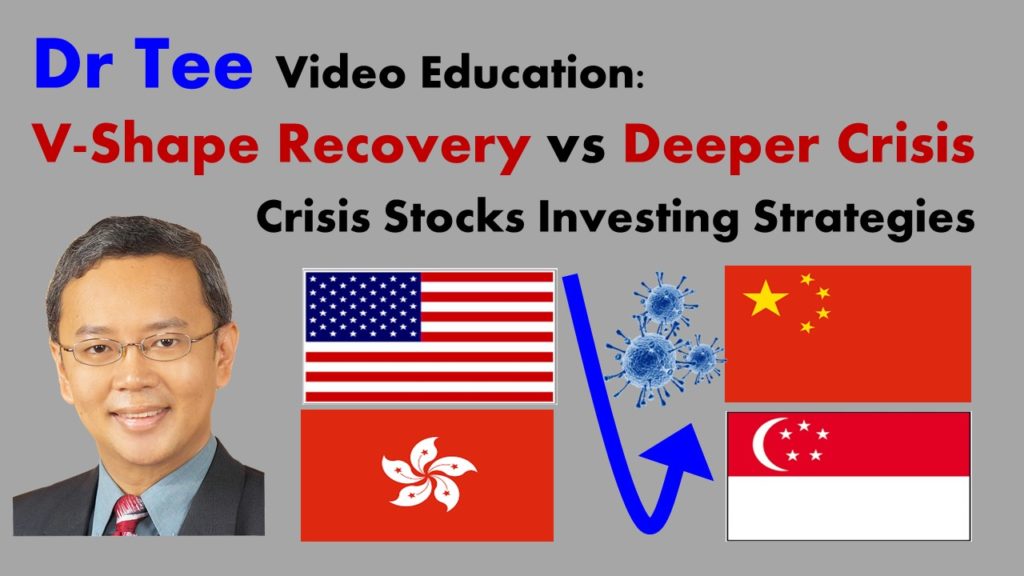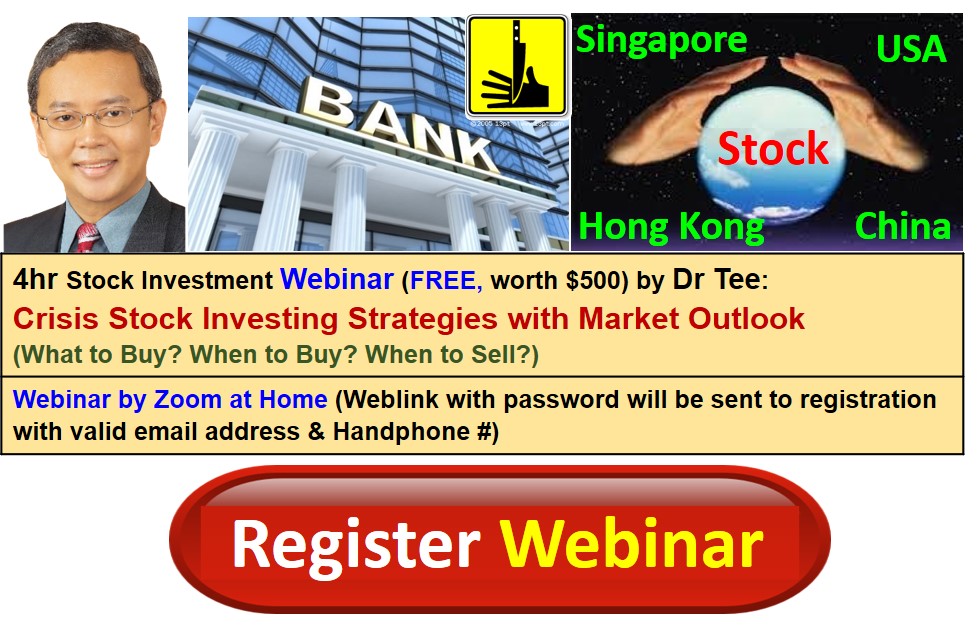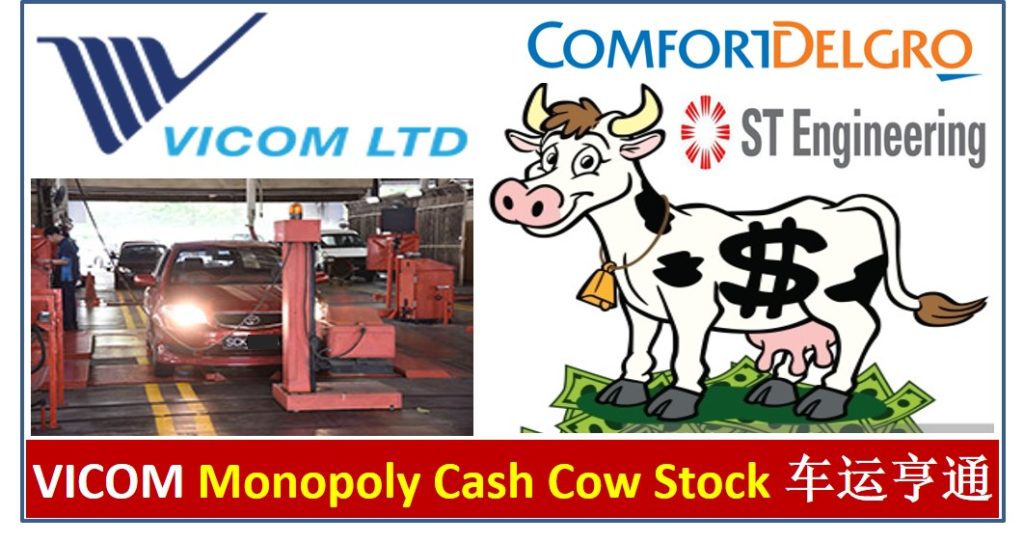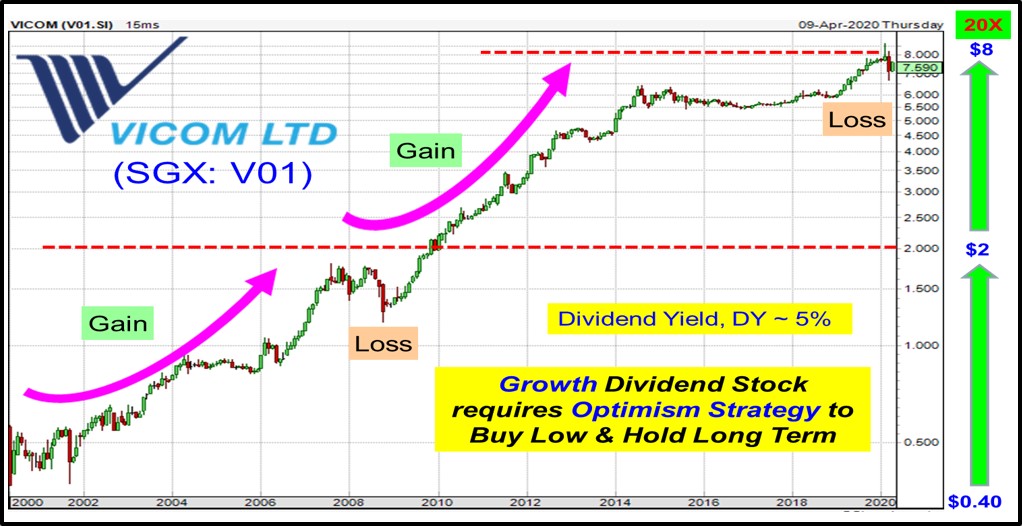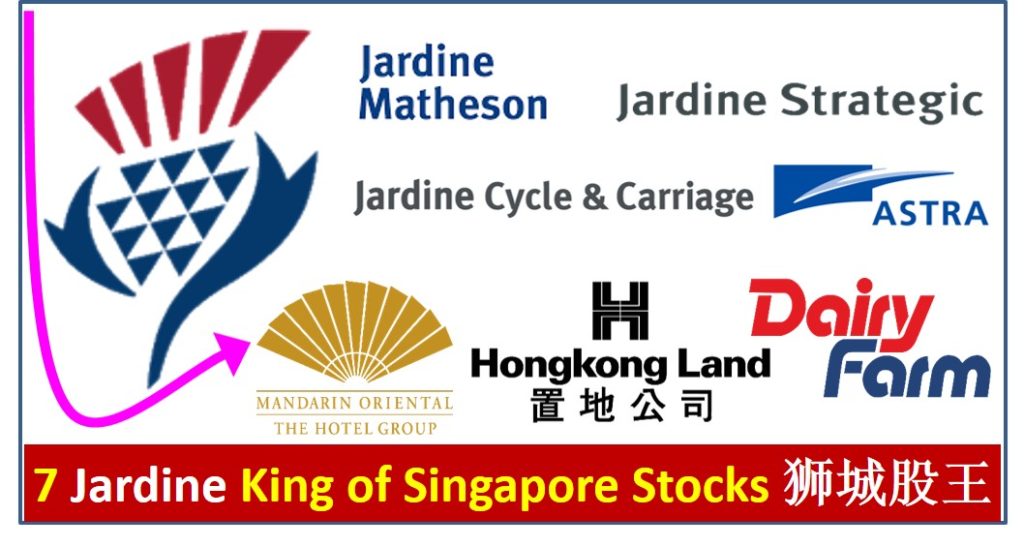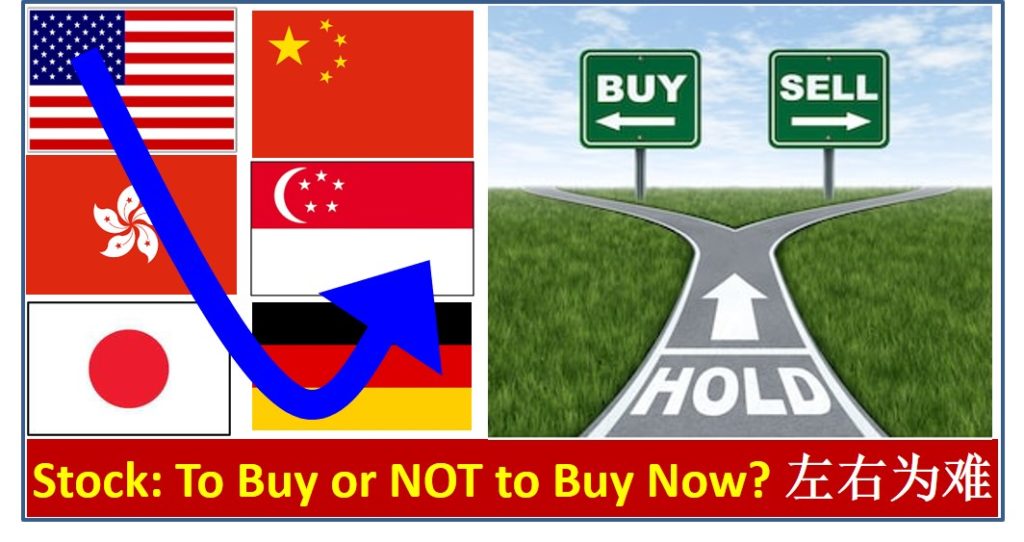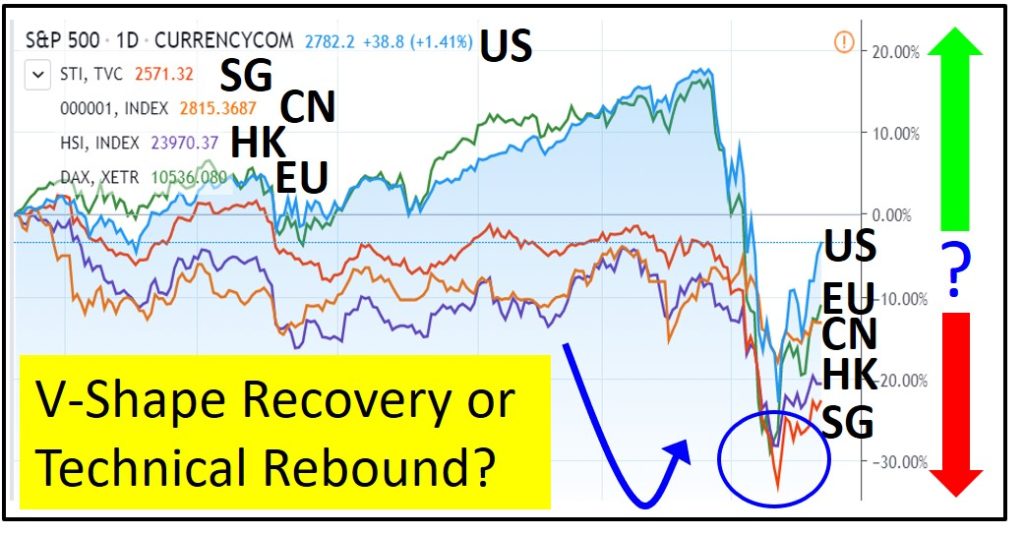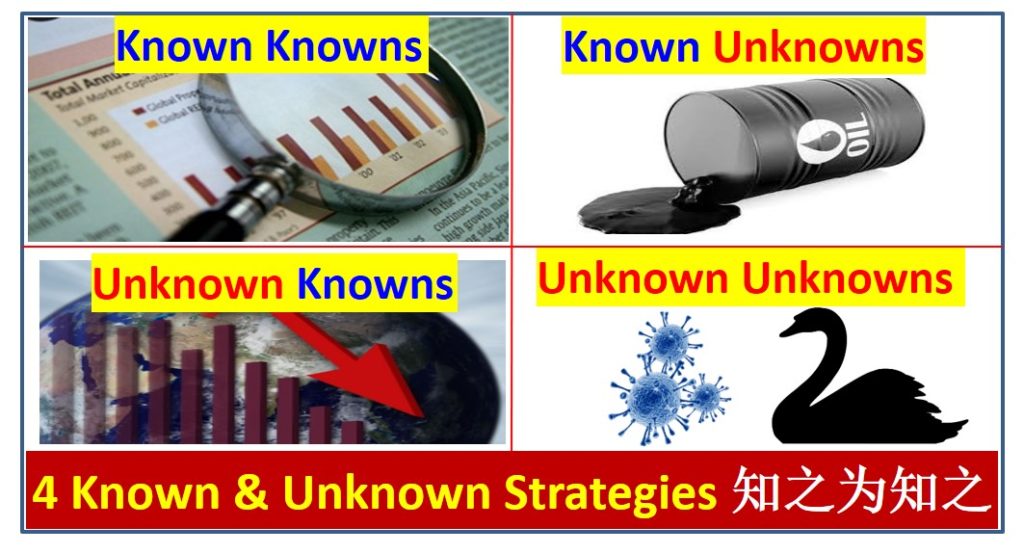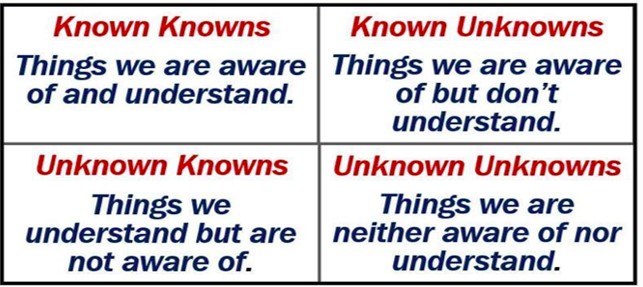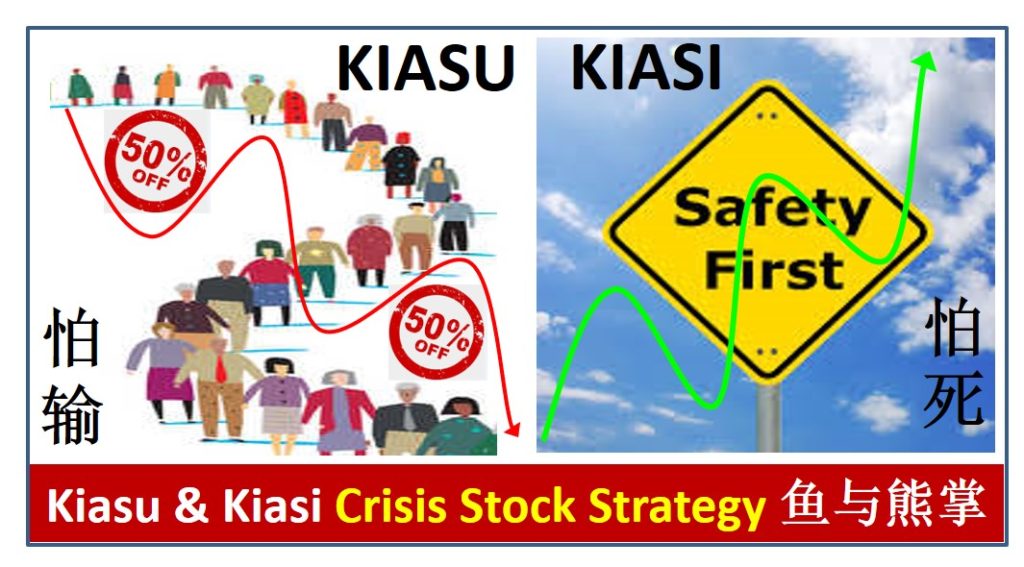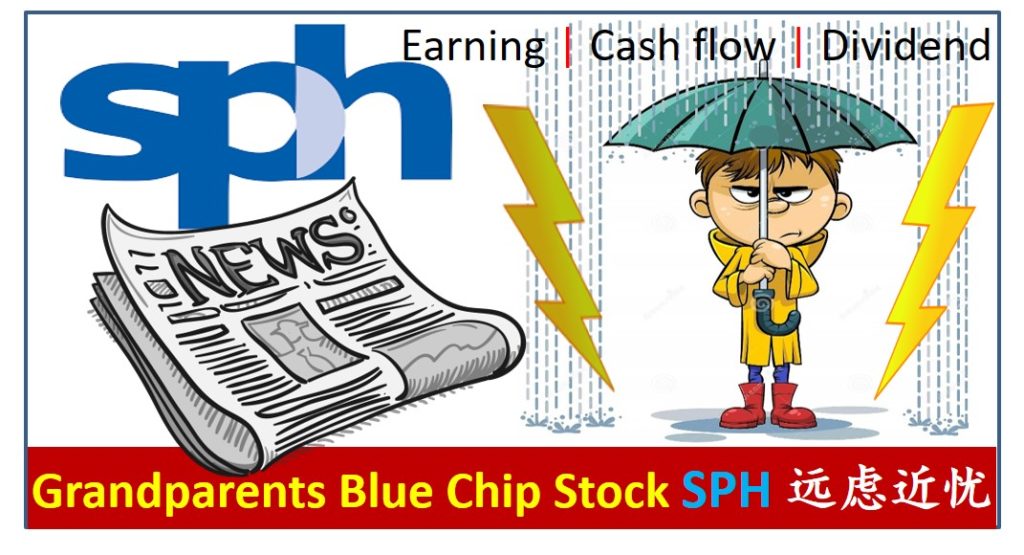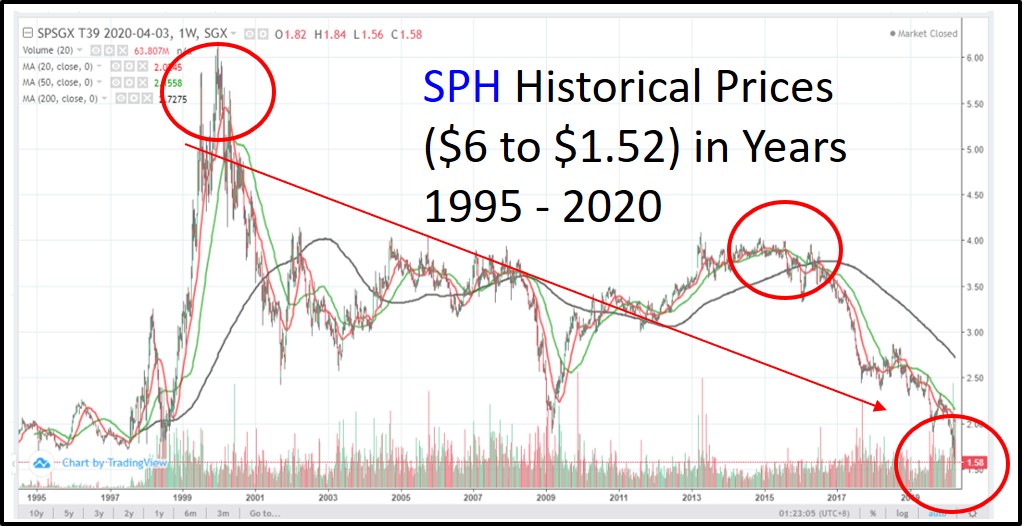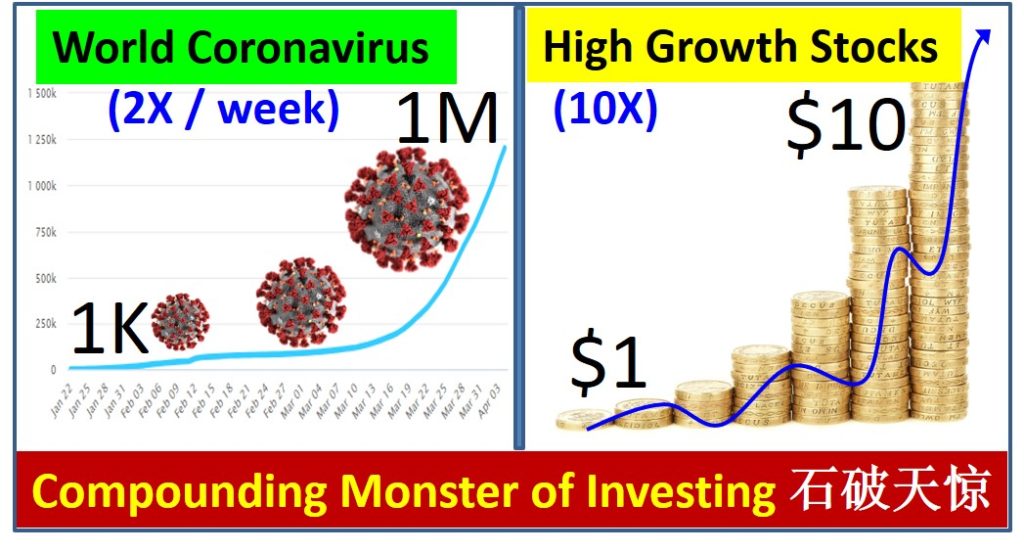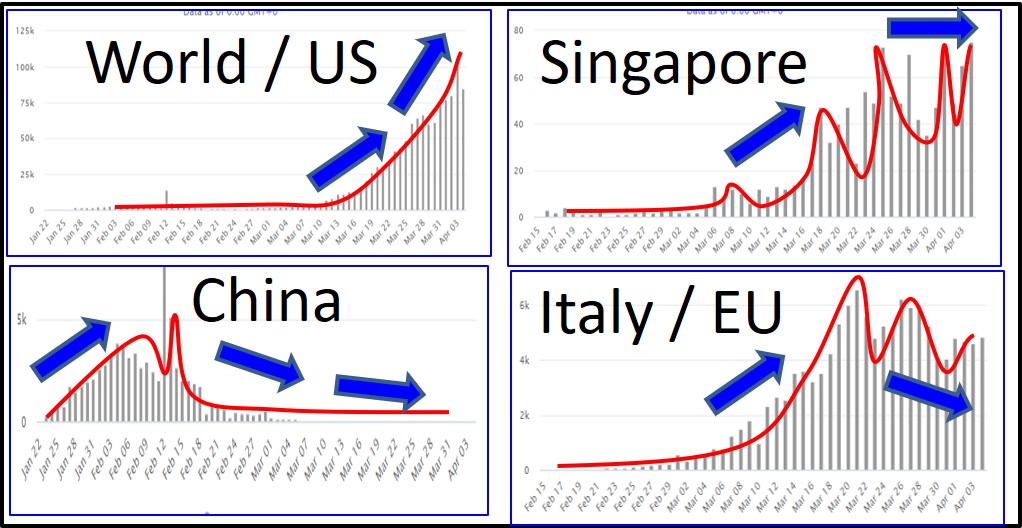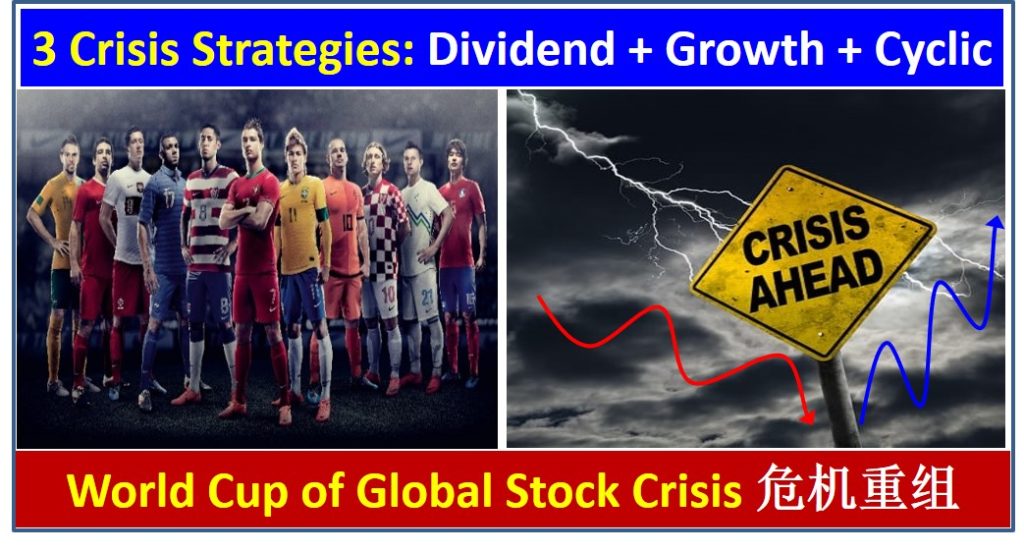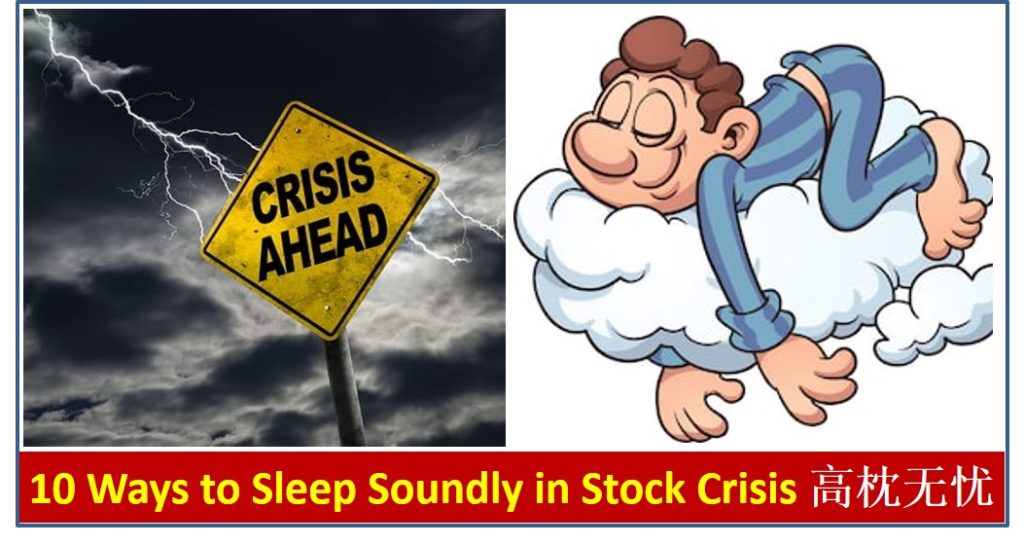
“Be Greedy when Others are Fearful” is a famous crisis stock investing shared by Warren Buffett but easy to say, difficult to implement? How “fearful” is fearful? If this statement could not be quantified, it is similar to say, “Buy Low Sell High”, how low is really low?
Here are 5 points shared by a senior Ein55 graduate, Grace, who has consistent positive results in stock investing and trading. I repost here for sharing with other Ein55 readers, adding my own views on 5 more good habits for stock investing, total 10 points to help Ein55 readers, able to sleep soundly during global stock crisis (高枕无忧).
========================================
Grace: The feeling of greed and fear in us is very natural. If we have a plan, it will greatly help us to manage our emotions:
1. For medium term or long term investment, buy quality stocks.
2. Buy companies with substantial cash with no or little debt to ride through the crisis (ie, with the company’s cash, how long can the business last assuming that the company is required to shut down its operations).
3. Diversification of stocks in different sectors and in different countries to reduce the risk.
4. Investor must have holding power.
5. Investor must have patience and conviction.
If you understand the business of the company and have a proper plan for your investment strategy, you would not fear in investing in the company.
========================================
Dr Tee agrees with all 5 points above by Grace, adding 5 more points below, total 10 points for Ein55 readers to start with the right path of stock investing and trading.
1) Select “giant stocks” (following Dr Tee criteria, not just on strong fundamental stocks). There are total over 1500 global giant stocks, one may just select 10-20 giant stocks which aligned with own personality.
2) Divide stocks into different categories (similar to a football team with defender, midfielder, striker). Dividend giant stocks (defenders) may be considered for contrarian investors which aim for lower prices, getting higher yield, suitable for holding during low optimism period with potential economic crisis ahead. For crisis / cyclic giant stocks (strikers), aligned with low optimism of stock but ensure limited crisis to business and sector. For growth giant stocks (midfielder) or momentum stocks, consider uptrend stocks, using time to compound the return.
3) Don’t borrow money or leverage for investing stocks in longer term. For short term trading, possible to leverage but need to have S.E.T. (Stop loss / Entry / Take Profit) in trading plan with position sizing.
4) Average down with multiple entries for contrarian investor for a portfolio of stocks at low optimism, no need to guess where is the lowest point. Similarly, multiple exits (progressive profit taking in future) at higher optimism for capital gains, no need to guess where is the highest point.
5) Average up for trading when trend is becoming stronger but position sizing and shorter timeframes of trading with higher optimism.
The list may continue. Knowledge sharing is powerful as readers could learn from other people’s mistake (at zero cost to oneself) and leverage on other people’s proven method (which aligned with own personality) in shorten the learning curves to make profit in stocks.
Ein55 readers: Keep it up, you are not alone in this investing journey. Keep yourself active in learning investment. Your “Future You” will appreciate “Today You” for making a difference to take action in learning investment after reading this article.
==================================
Drop by Dr Tee free 4hr investment course to learn how to position in global giant stocks of growing sectors with 3 value investing strategies (undervalue, growth, dividend stocks), knowing What to Buy, When to Buy/Sell.
Learn further from Dr Tee valuable 7hr Online Course, both English (How to Discover Giant Stocks) and Chinese (价值投资法: 探测强巨股) options, specially for learners who prefer to master stock investment strategies of over 100 global giant stocks at the comfort of home.
You are invited to join Dr Tee private investment forum (educational platform, no commercial is allowed) to learn more investment knowledge, interacting with over 9000 members.

